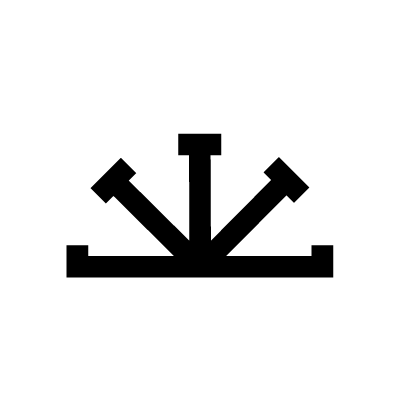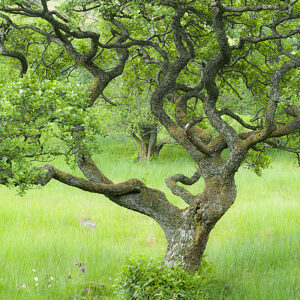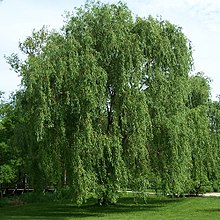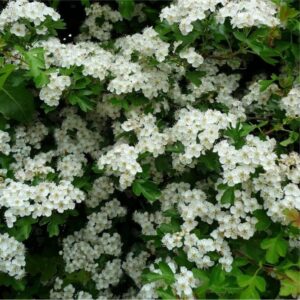
Imbolc: Celebrating the Celtic Fire Festival
Imbolc brings the very first whisperings of spring. Snowdrops peep up through the cold earth and the tiniest buds begin to form on the trees. Winter is by no means over – in fact the worst is often to come – but there is a glimmer of hope. In northern latitudes, it becomes obvious that the days are lengthening. Candles are lit to represent the return of the Sun and the divine spark of creativity.
The Virgin Goddess
In the Triple Goddess tradition, the Crone of winter is reborn as the virgin at Imbolc. Known to the Celts as Brigid, she was a fire goddess and one of her main aspects was as a healer.
The Celtic image of a virgin was of inherent sexuality and fertility, full of potential for nurturing on all levels. As the thoughts and ideas incubated over winter emerge at this time, it is necessary to heal old, out-moded ways to allow new ideas to be born.
Imbolc in the modern world
The Pagan fire festival of Imbolc is present in the modern world as a festival of light. On February 2nd, the returning light is celebrated by the Christian church as Candlemas. Traditionally the candles are blessed and taken home to use in times of trouble. The festival also recognises the Purification of the Virgin Mary, when she went to the temple for 40 days after giving birth to Jesus, to be cleansed.
Weather forecast
Old country lore claims that the weather at Candlemas forecasts the climate for the next six weeks. If the day is sunny the remainder of the winter will be stormy, but if it rains the next six weeks will be mild. This aspect has been taken up in North America where the emergence, or not, of the hibernating groundhog is believed to be a spring weather predictor. This is known as Groundhog Day.
Celebrating Imbolc
Celebrate the lengthening of days and the warming of the earth at Imbolc, with rituals of purification, fertility and renewal.
A purifying bath.
The Romans named the month of February after a word signifying purification, as this was the time when ritual cleansing would prepare a person for a fresh start. So take a ritual bath at Imbolc in your own homemade ‘healing well’.
- Collect some snowdrops and then set the scene in your bathroom with lit candles around the bath tub, to signify the burning away of old ideas as well as the coming of the light.
- Burn juniper oil in a burner and put a drop or two in the bath water. This oil is chosen because it is a very powerful auric cleanser.
- Summon Brigid with the snowdrops, scattering them in the bath.
- Relax in the water, using an apple green soap – and a white towel to dry off.
Planting seeds
Just as the seeds are germinating in the earth, Imbolc is a time when you should imagine your thoughts and ideas starting to warm up after leaving them to hibernate through the winter. Combine the correspondences of new life and light to perform this simple ritual for Imbolc.
- Choose a quiet spot outdoors, in your garden or a local park, perhaps beneath your favourite type of tree or bush.
- Plant a seed or bulb in the ground – to make this place more special to you, choose a seed of your preferred plant or perhaps one associated with your Zodiac sign.
- Now, light a small, white candle (to represent the Virgin Goddess’ purity), sit and watch it burn down. As you do so, imagine that the seed you have planted represents the thoughts and ideas you have sown in hope for the year ahead.
A Brigid’s Cross
At Imbolc, it was traditional to make a Brigid’s Cross to welcome the goddess into the home. These were hung over doors or windows for the year, then burned and replaced at next Imbolc. Make your own Brigid’s Cross.
- Bind two stick of equal length to form a cross.
- Imagine your cross is made of four sticks and number them 1-4, from the top, going round clockwise.
- Tie a silver ribbon around stick 1, close to the centre of the cross, then take it to the right stick 2 and wrap it round the back. From the left of stick 2, take the ribbon round to the right of stick 3 and wrap it round the back. Take it from the left of stick 3 to the right of stick 4 and so on. Continue weaving in this way.
- When it’s complete, adorn your cross with other decorative items.
A fertility doll
Imbolc is the opposite of Lammas when the Corn Mother is made, and this festival also sees another form of fertility doll, but this time it’s for Brigid, or Bride. These were traditionally made from oats, but can be made from any type of corn. You can either fashion a full doll or just tie up a few pieces of corn into a representative style and shape.
The bridal bed
Once you have made the fertility doll, dress it with lace and ribbons, and lay it in a basket with flowers and a wand to create the Virgin Goddess’ bridal bed. Light white candles for purity on either side of the basket then go to the front door and quietly call, “Bride’s bed is ready. Let Bride come in, Bride is welcome.” In Celtic beliefs, you are inviting in the virgins potential fertility and nurturing qualities.



